By filling them with little sponges 💉.


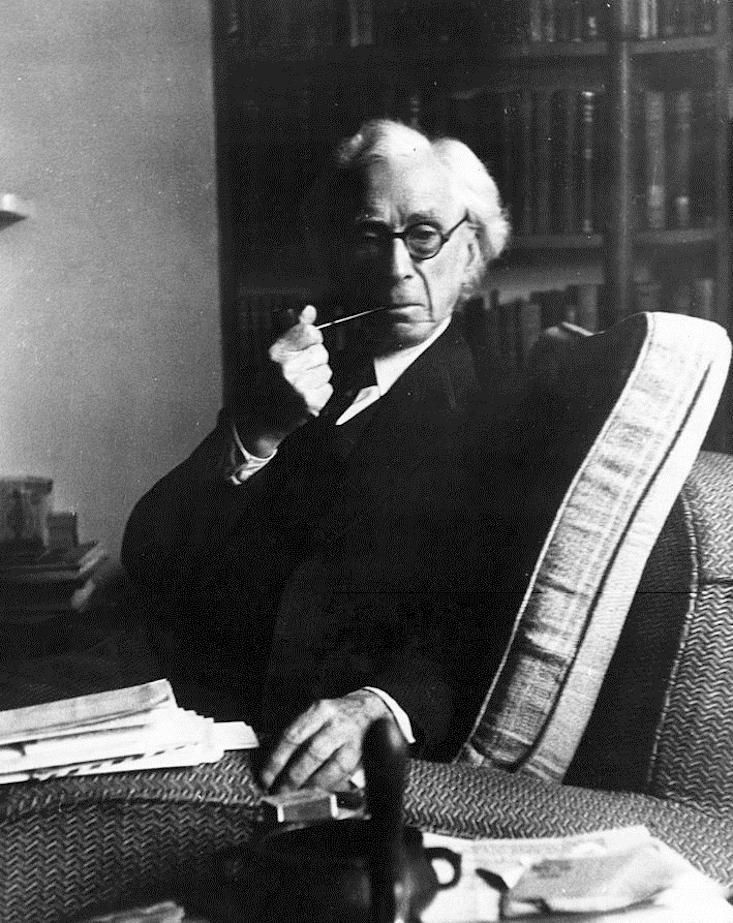
Where do I sign up!? 🤪.
On this past International Holocaust Remembrance Day, I reread a bit of Bertrand Russell. In 1933, dismayed at the Nazification of Germany, the philosopher wrote “The Triumph of Stupidity,” attributing the rise of Adolf Hitler to the organized fervor of stupid and brutal people—two qualities, he noted, that “usually go together.” He went on to make one of his most famous observations, that the “fundamental cause of the trouble is that in the modern world the stupid are cocksure while the intelligent are full of doubt.”
Russell’s quip prefigured the scientific discovery of a cognitive bias—the Dunning–Kruger effect—that has been so resonant that it has penetrated popular culture, inspiring, for example, an opera song (from Harvard’s annual Ig Nobel Award Ceremony): “Some people’s own incompetence somehow gives them a stupid sense that anything they do is first rate. They think it’s great.” No surprise, then, that psychologist Joyce Ehrlinger prefaced a 2008 paper she wrote with David Dunning and Justin Kruger, among others, with Russell’s comment—the one he later made in his 1951 book, New Hopes for a Changing World: “One of the painful things about our time is that those who feel certainty are stupid, and those with any imagination and understanding are filled with doubt and indecision.” “By now,” Ehrlinger noted in that paper, “this phenomenon has been demonstrated even for everyday tasks, about which individuals have likely received substantial feedback regarding their level of knowledge and skill.” Humans have shown a tendency, in other words, to be a bit thick about even the most mundane things, like how well they drive.
Stupidity is not simply the opposite of intelligence.
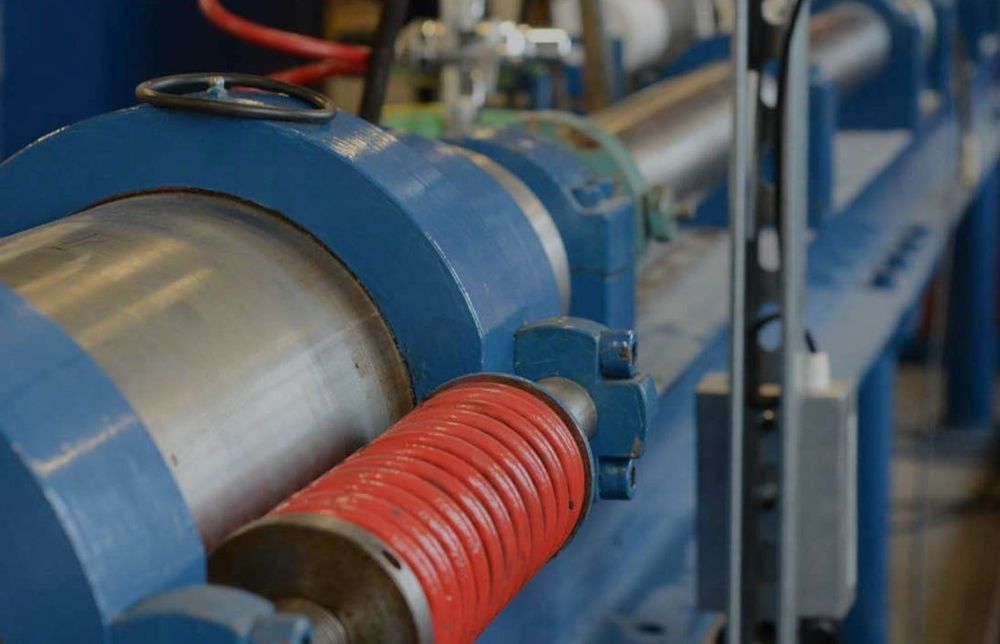
First Light Fusion is trying to generate energy using inertial confinement fusion. They spunout from the University of Oxford in June 2011.
First Light uses a high-velocity projectile (58 times the speed of sound) to create a shockwave to collapse a cavity containing plasma inside a ‘target’. The design of these targets is First Light’s technical USP.
The company’s approach was inspired by the only example of inertial confinement found on Earth – the pistol shrimp, which clicks its claw to produce a shockwave that stuns its prey. The only other naturally occurring inertial confinement phenomenon is a supernova. The reaction created by the collapsing cavity is what creates energy, which can then be captured and used.
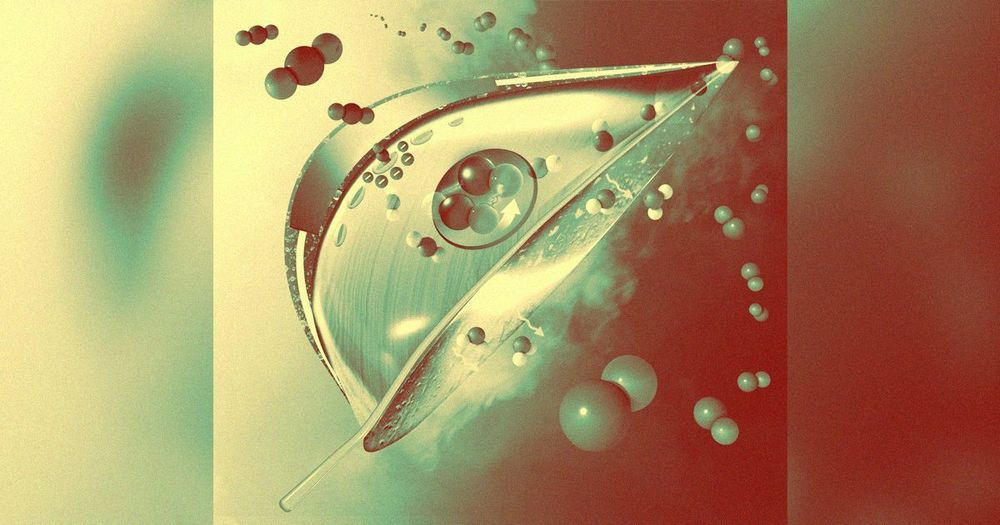

Whispers of sightings of the elusive black leopard have long swirled around central Kenya, and scientists have now confirmed its presence there with a series of rare images taken by camera traps.
The images were captured by researchers from the San Diego Zoo who have been studying leopards in the Loisaba wildlife conservancy, as well as an independent photographer working in the region at the same time.
“We are very excited to hear that these camera traps have captured rare footage of melanistic leopards, otherwise known as black panthers!” the conservancy said on its website.
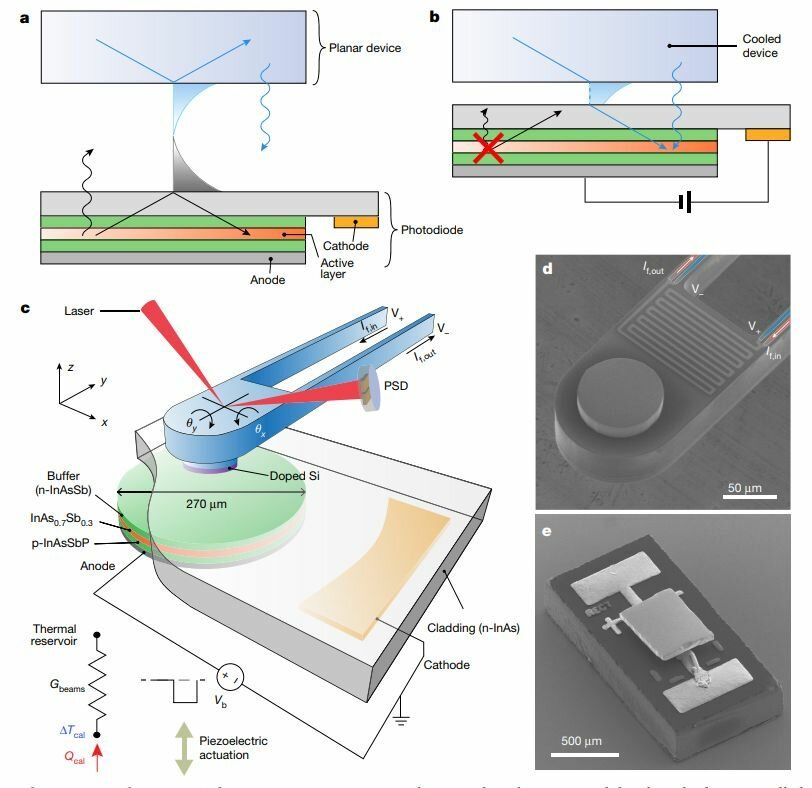
In a finding that runs counter to a common assumption in physics, researchers at the University of Michigan ran a light emitting diode (LED) with electrodes reversed in order to cool another device mere nanometers away.
The approach could lead to new solid-state cooling technology for future microprocessors, which will have so many transistors packed into a small space that current methods can’t remove heat quickly enough.
“We have demonstrated a second method for using photons to cool devices,” said Pramod Reddy, who co-led the work with Edgar Meyhofer, both professors of mechanical engineering.

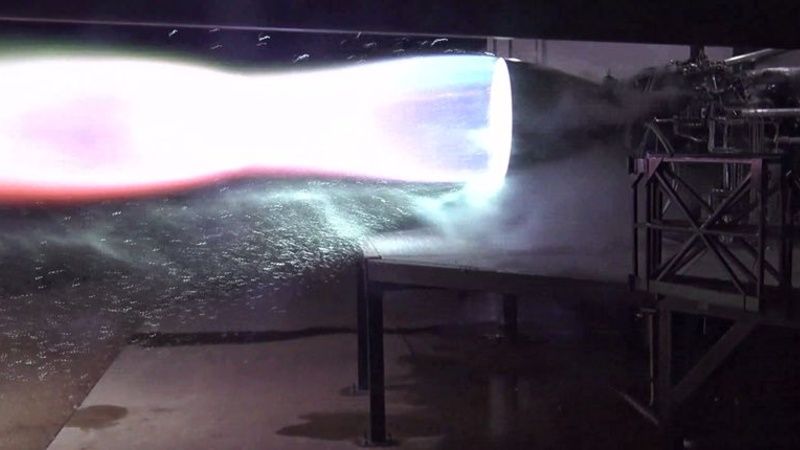
The recent SpaceX Raptor engine was actually a real breakthrough. It was a holy grail desired by NASA and the Soviet Union. The Soviet Union almost had it, but when we landed on the Moon they stopped development. The engine is a “full-flow staged combustion” engine.
“Full-flow staged combustion (FFSC) is a twin-shaft staged combustion cycle that uses both oxidizer-rich and fuel-rich preburners. The cycle allows full flow of both propellants through the turbines; hence the name The fuel turbopump is driven by the fuel-rich preburner, and the oxidizer turbopump is driven by the oxidizer-rich preburner”
Followers of the Church of Elon will no doubt already be aware of SpaceX’s latest technical triumph: the test firing of the first full-scale Raptor engine. Of course, it was hardly a secret. As he often does, Elon has been “leaking” behind the scenes information, pictures, and even video of the event on his Twitter account. Combined with the relative transparency of SpaceX to begin with, this gives us an exceptionally clear look at how literal rocket science is performed at the Hawthorne, California based company.
This openness has been a key part of SpaceX’s popularity on the Internet (that, and the big rockets), but its been especially illuminating in regards to the Raptor. The technology behind this next generation engine, known as “full-flow staged combustion” has for decades been considered all but impossible by the traditional aerospace players. Despite extensive research into the technology by the Soviet Union and the United States, no engine utilizing this complex combustion system has even been flown. Yet, just six years after Elon announced SpaceX was designing the Raptor, they’ve completed their first flight-ready engine.
The full-flow staged combustion engine is often considered the “Holy Grail” of rocketry, as it promises to extract the most possible energy from its liquid propellants. In a field where every ounce is important, being able to squeeze even a few percent more thrust out of the vehicle is worth fighting for. Especially if, like SpaceX, you’re planning on putting these new full-flow engines into the world’s largest operational booster rocket and spacecraft.

Researchers from the University of Michigan Rogel Cancer Center have found that a genetic mutation seen in about half of all brain tumors produces a response that prevents radiation treatment from working. Altering that response using FDA-approved drugs restores tumors’ sensitivity to radiation therapy, extending survival in mice.
The paper, representing more than five years of research, is published in Science Translational Medicine.
“These findings have great potential to impact medical treatment of patients with low-grade glioma, which is critically needed for this terrible disease,” says senior author Maria G. Castro, Ph.D., R. C. Schneider Collegiate Professor of Neurosurgery and a professor of cell and developmental biology at Michigan Medicine.
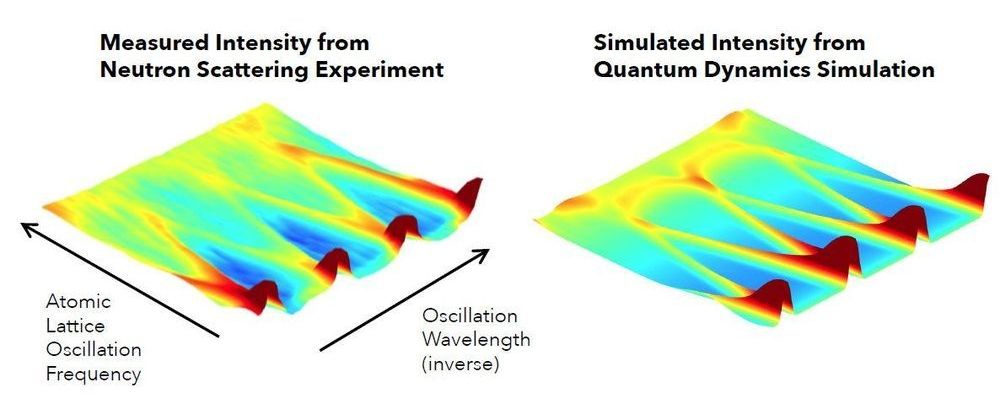
By ricocheting neutrons off the atoms of yttrium manganite (YMnO3) heated to 3,000 degrees Fahrenheit, researchers have discovered the atomic mechanisms that give the unusual material its rare electromagnetic properties. The discovery could help scientists develop new materials with similar properties for novel computing devices and micro-actuators.
The experiment was conducted as a collaboration between Duke University and Oak Ridge National Laboratory (ORNL) and appeared online in Nature Communications on January 2, 2018.
Ferromagnetism is the scientific term for the phenomenon responsible for permanent magnets like iron. Such materials exist because their molecular structure consists of tiny magnetic patches that all point in the same direction. Each patch, or domain, is said to have a magnetic dipole moment, with a north and a south pole, which, added together, produce the magnetic fields so often seen at work on refrigerator doors.